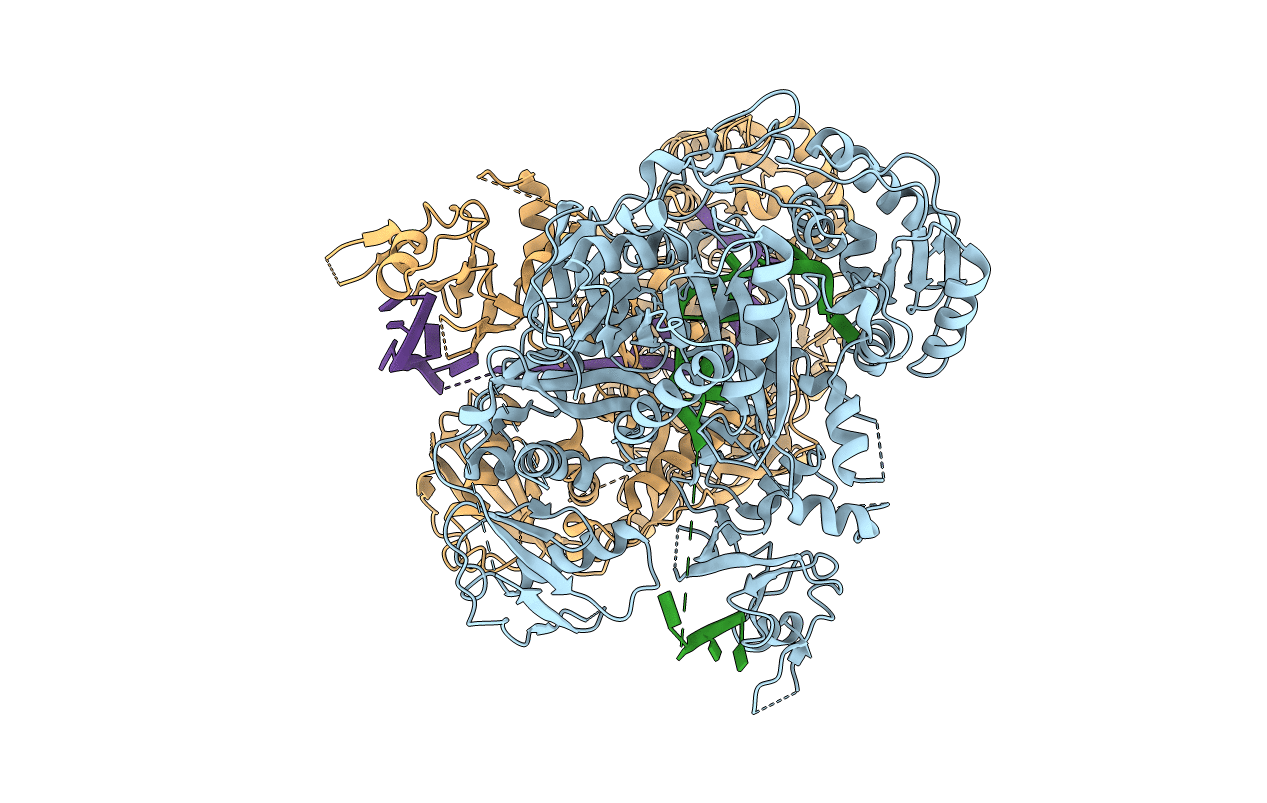
Deposition Date
2017-04-26
Release Date
2017-10-18
Last Version Date
2023-10-04
Entry Detail
Biological Source:
Source Organism:
Homo sapiens (Taxon ID: 9606)
Insect cell expression vector pTIE1 (Taxon ID: 266783)
Insect cell expression vector pTIE1 (Taxon ID: 266783)
Host Organism:
Method Details:
Experimental Method:
Resolution:
3.28 Å
R-Value Free:
0.23
R-Value Work:
0.18
R-Value Observed:
0.19
Space Group:
P 43


